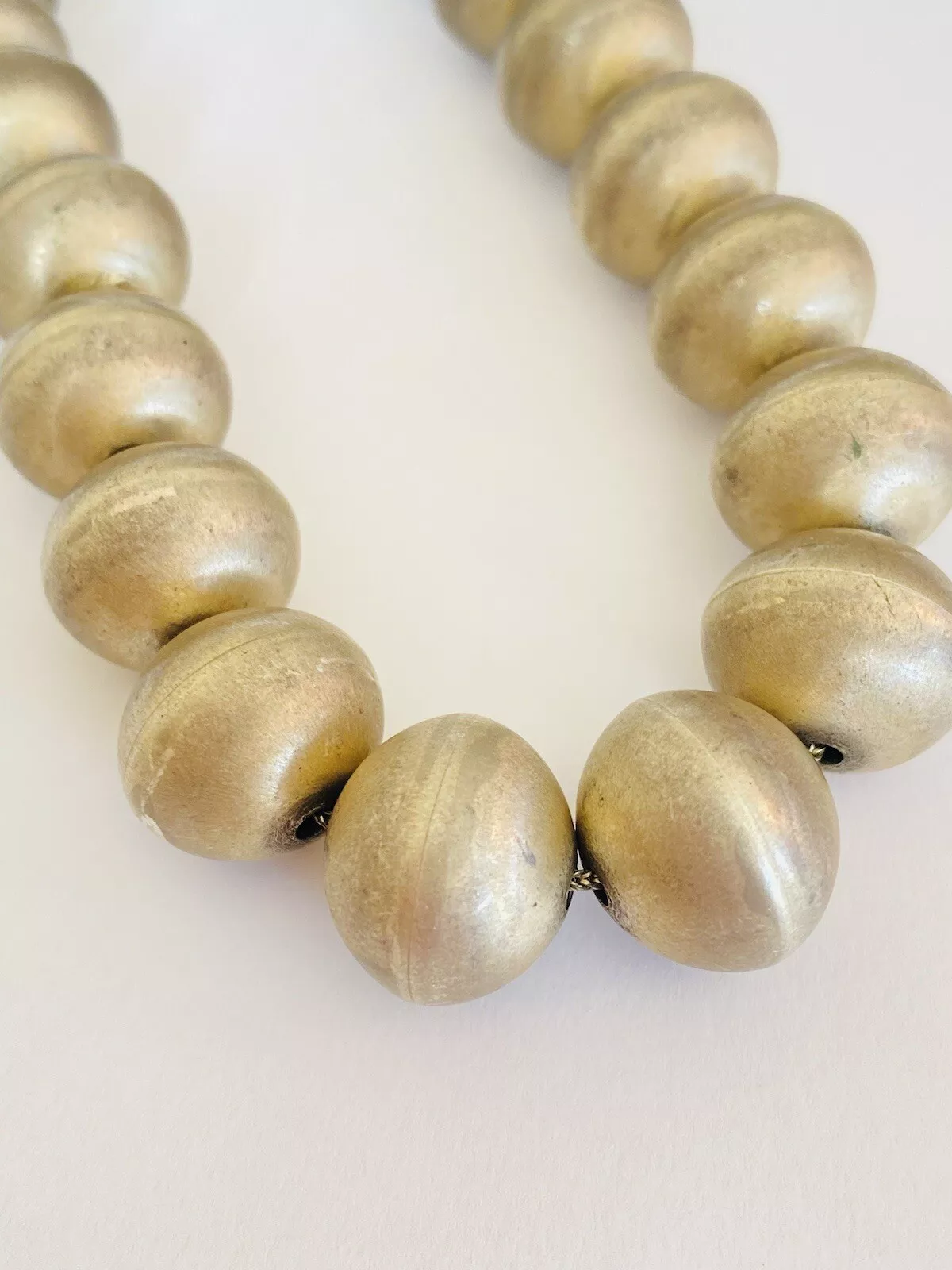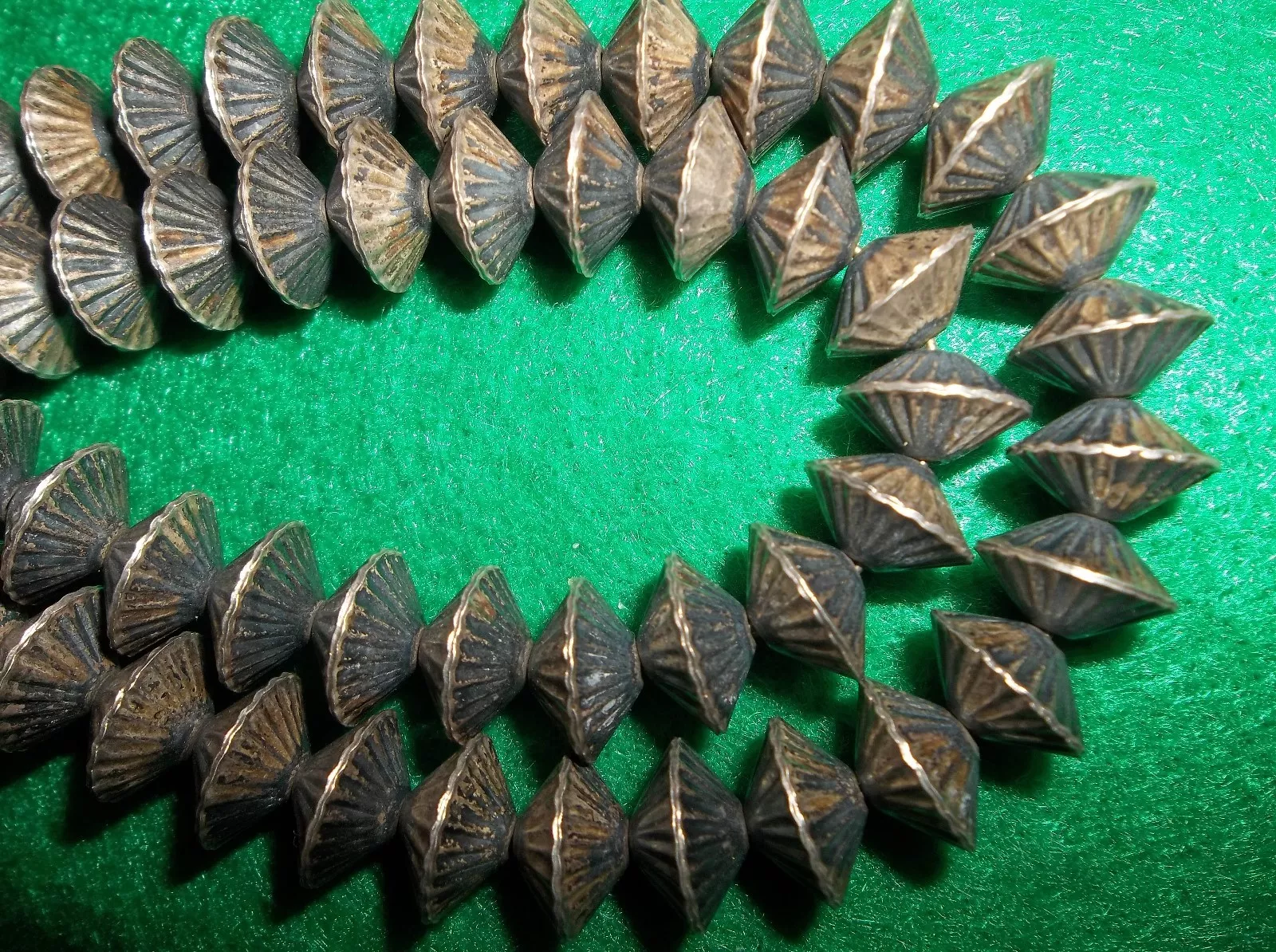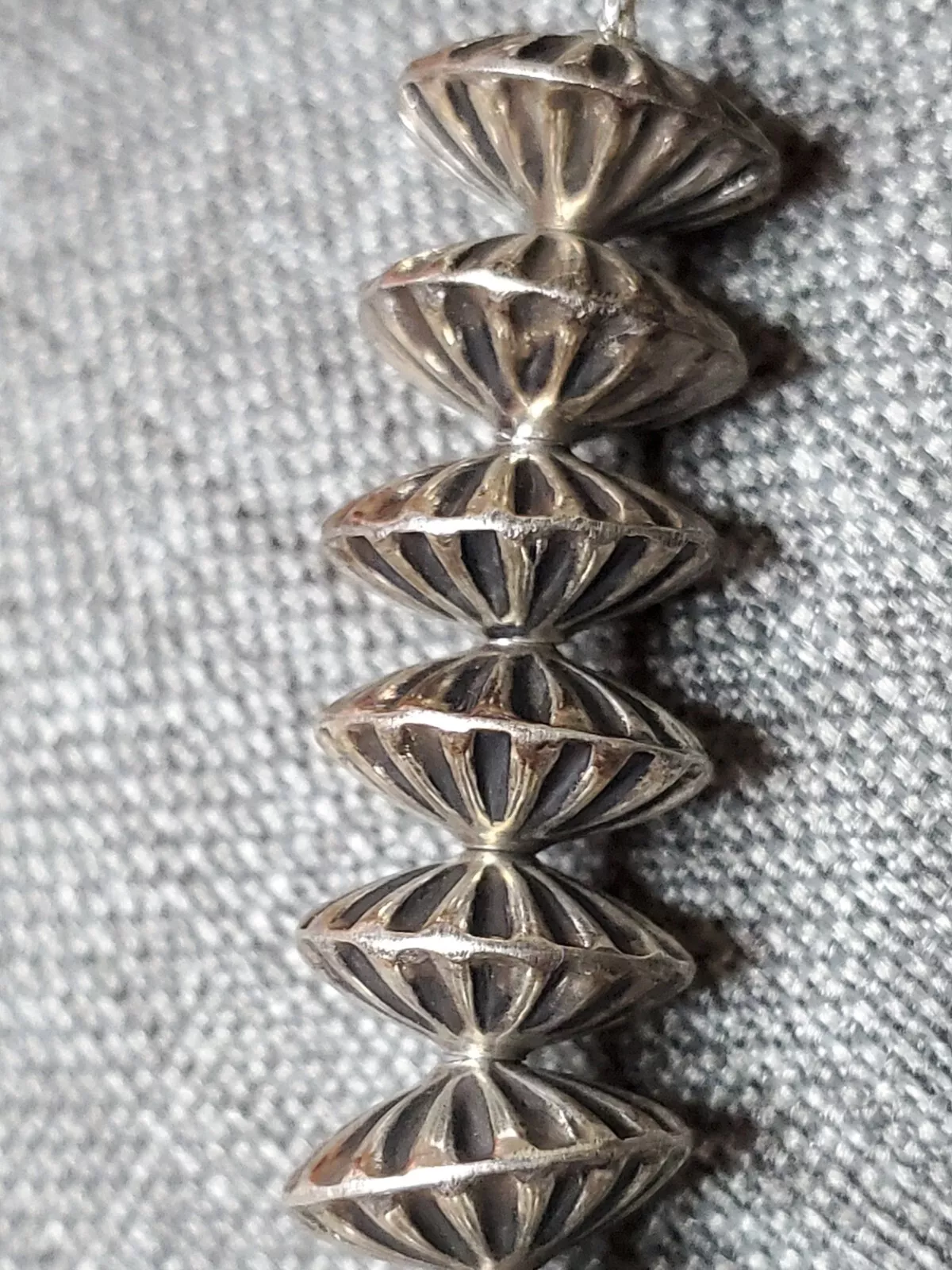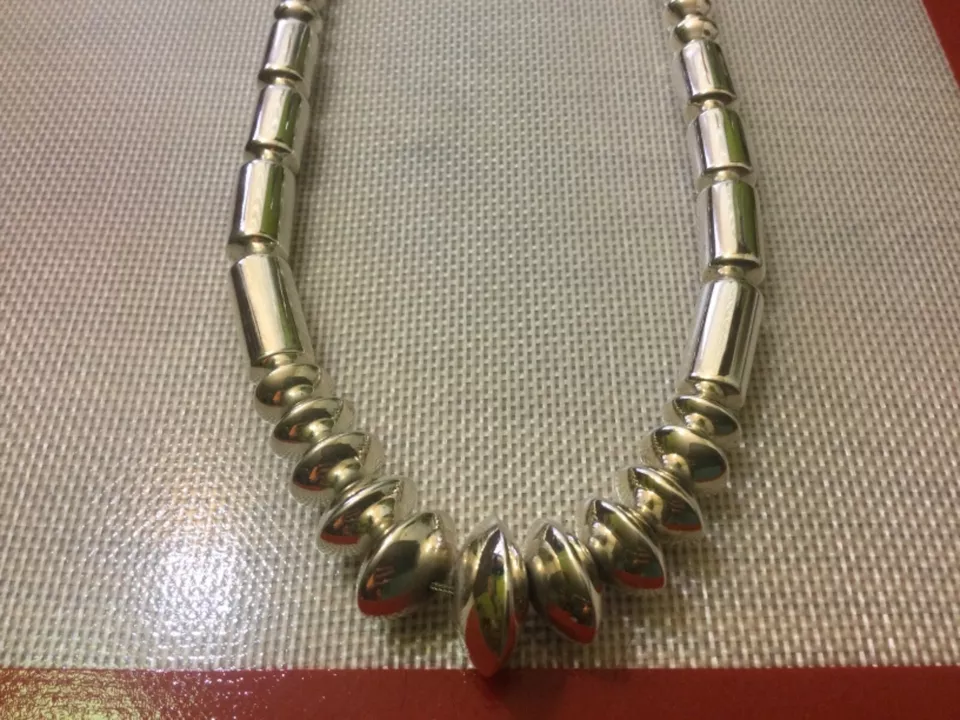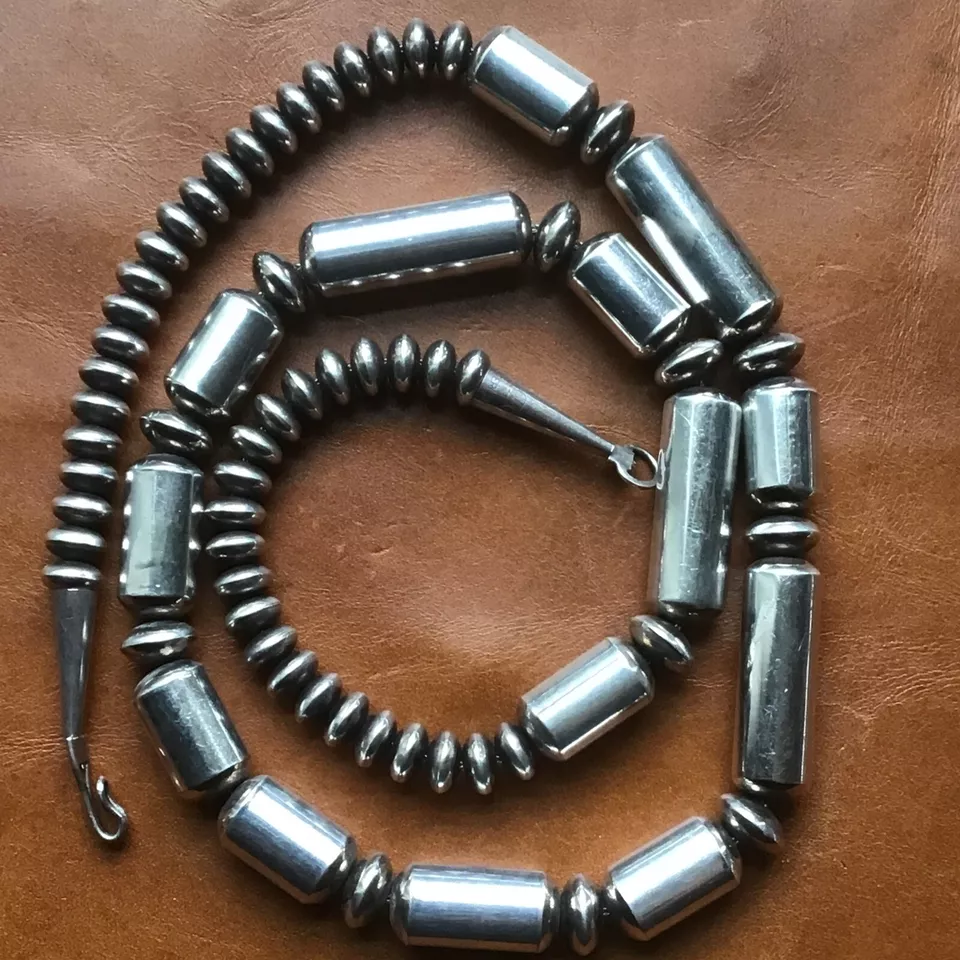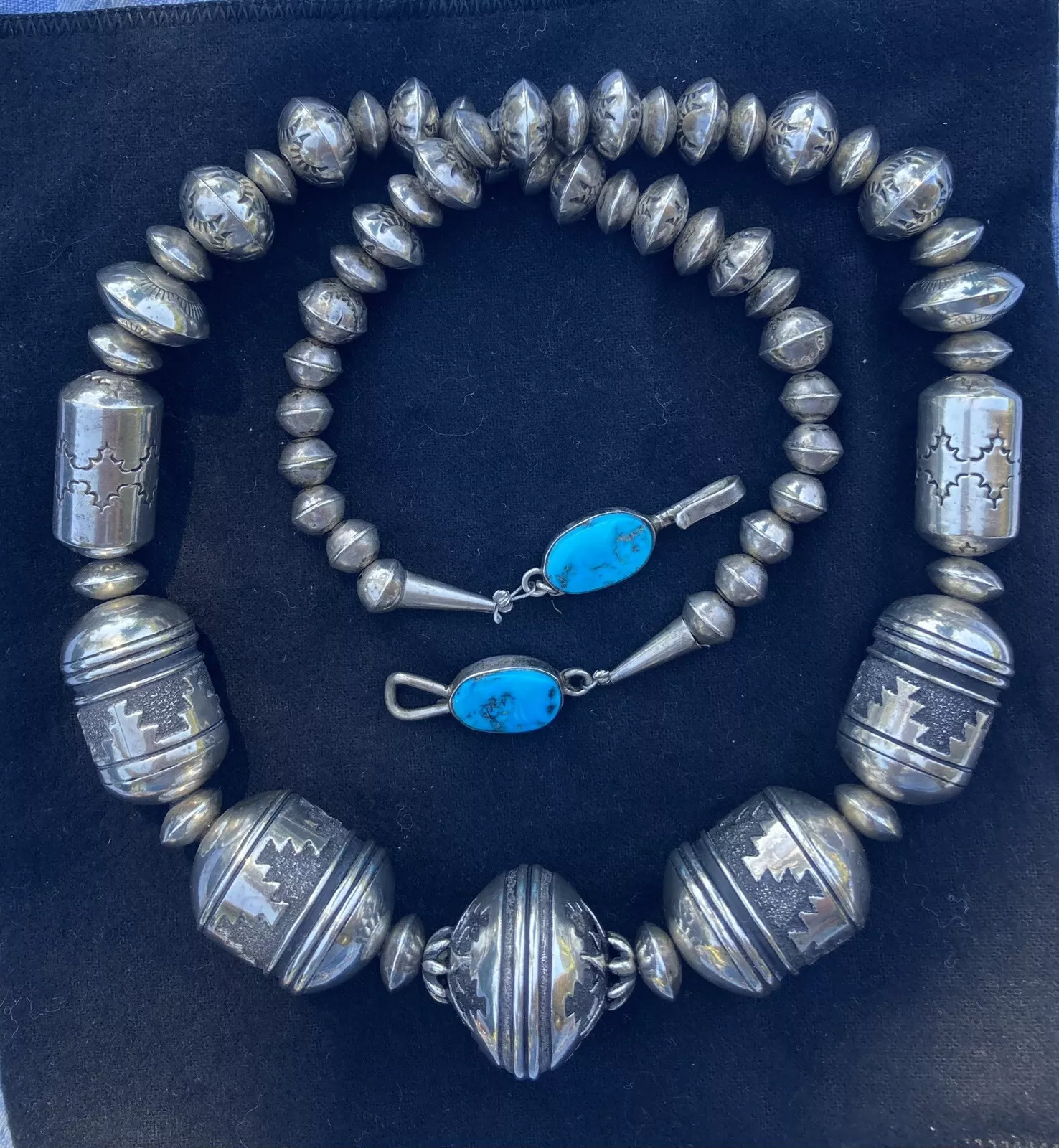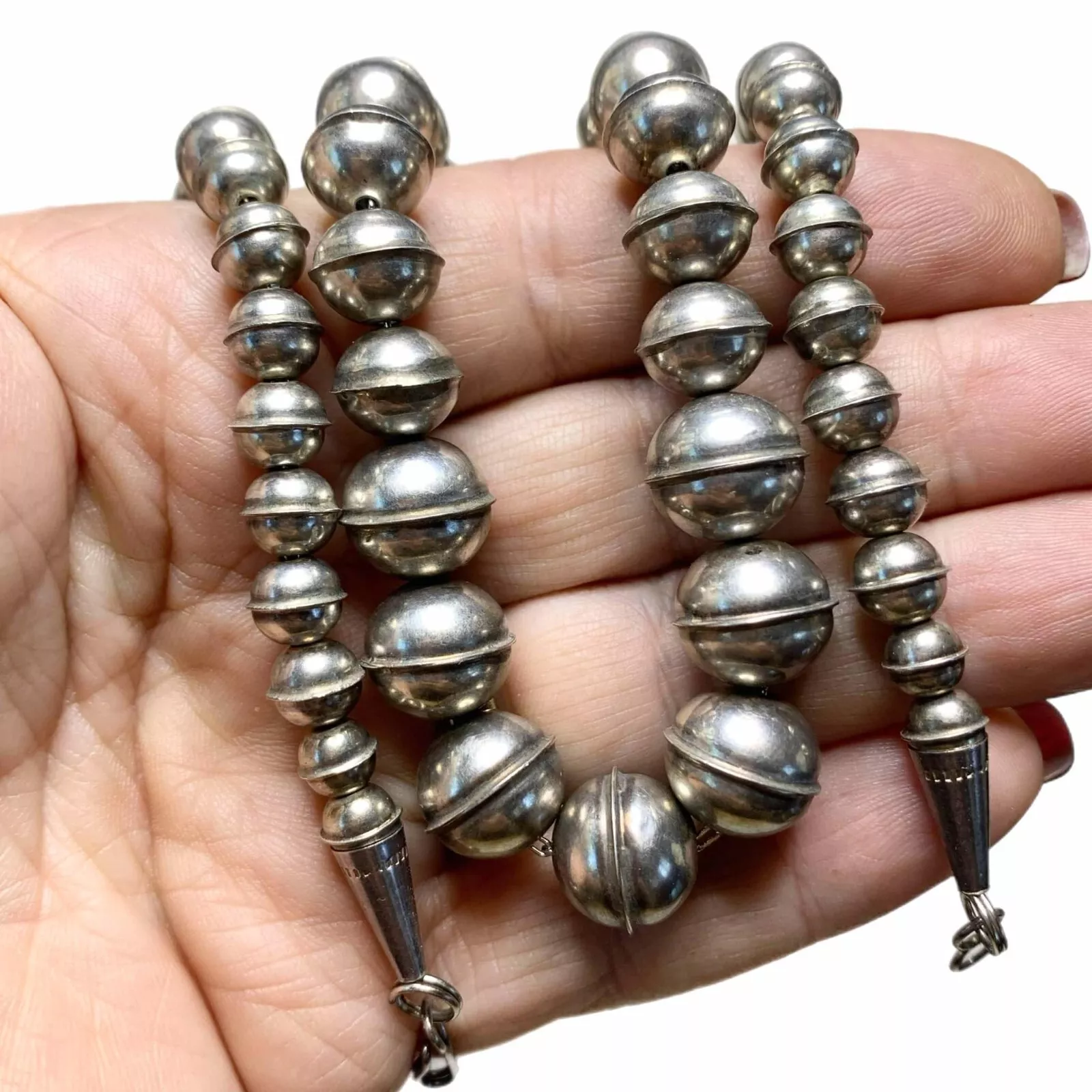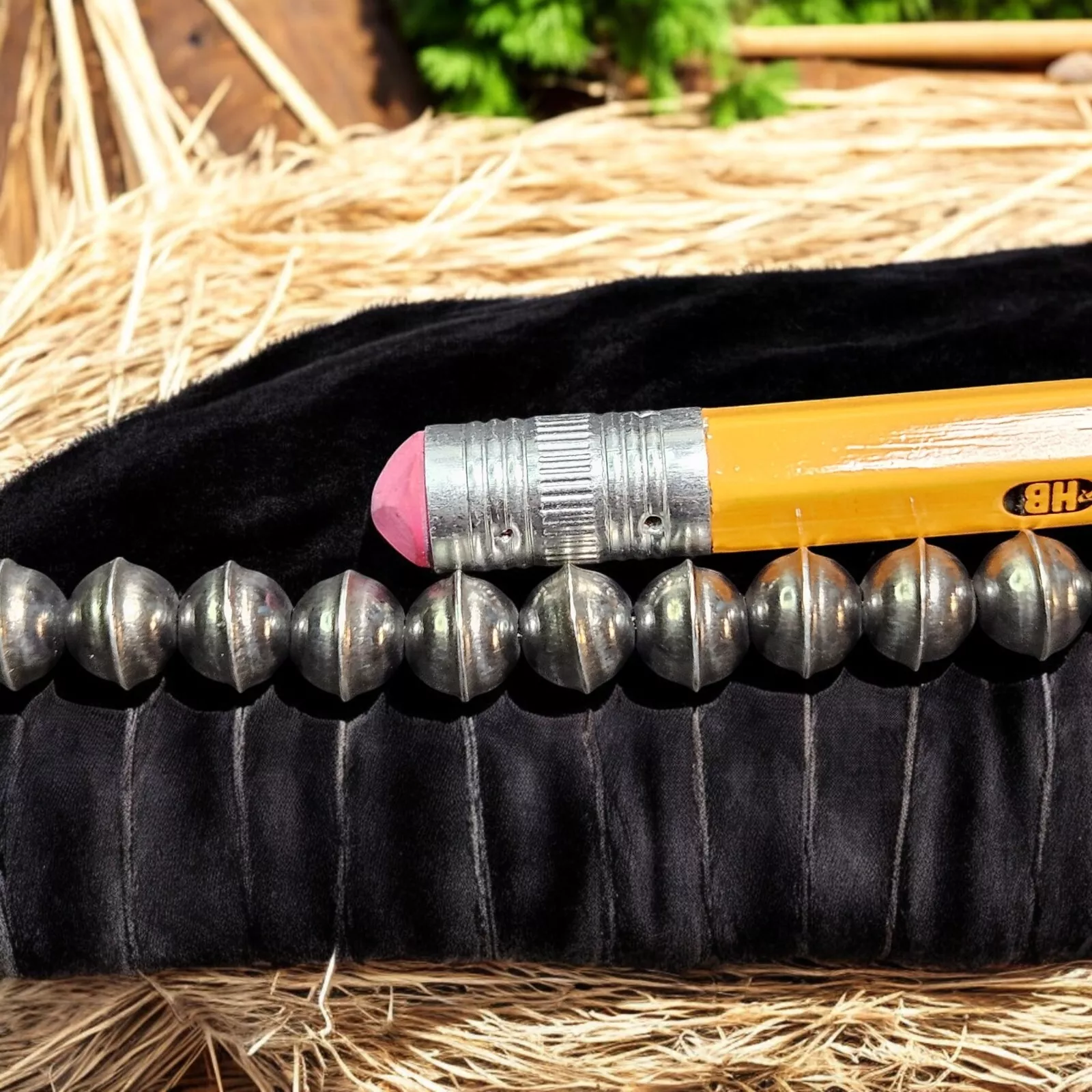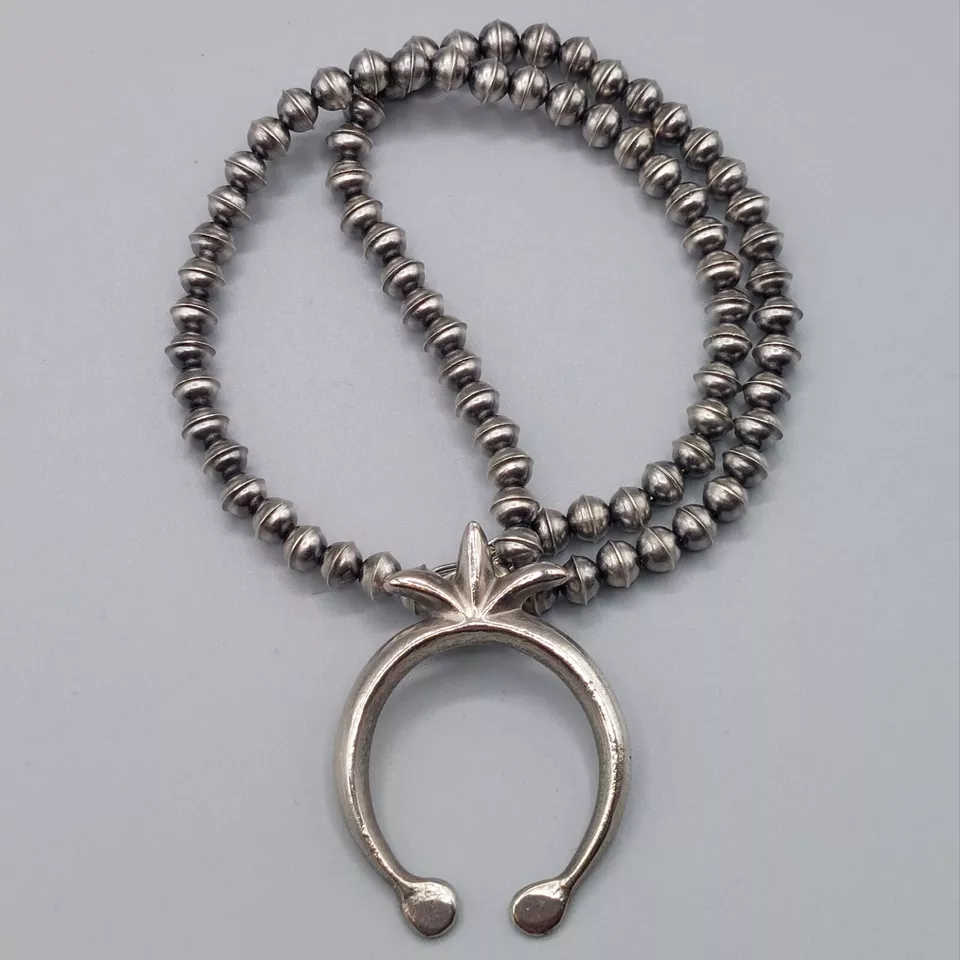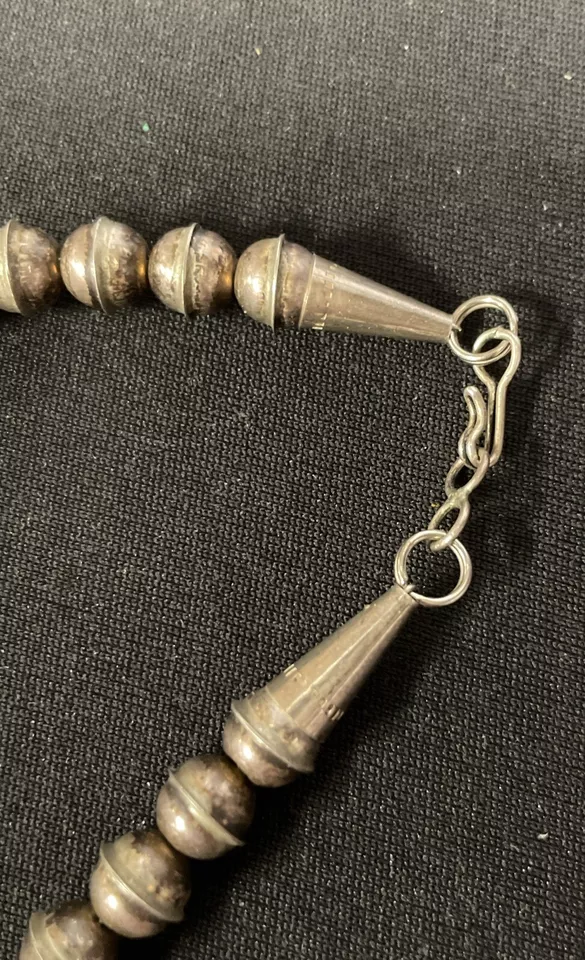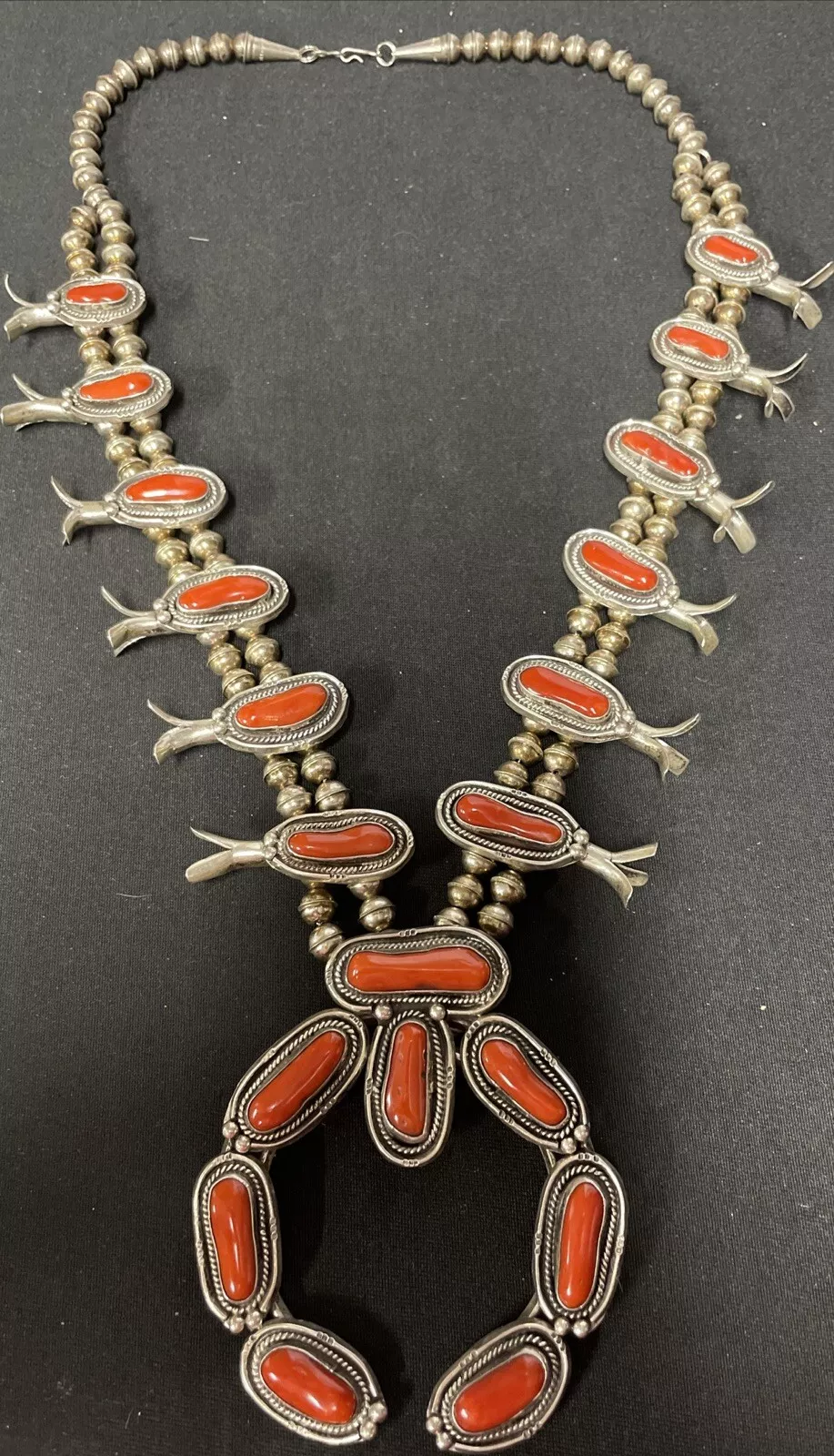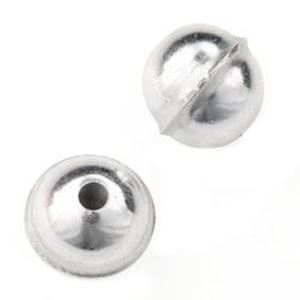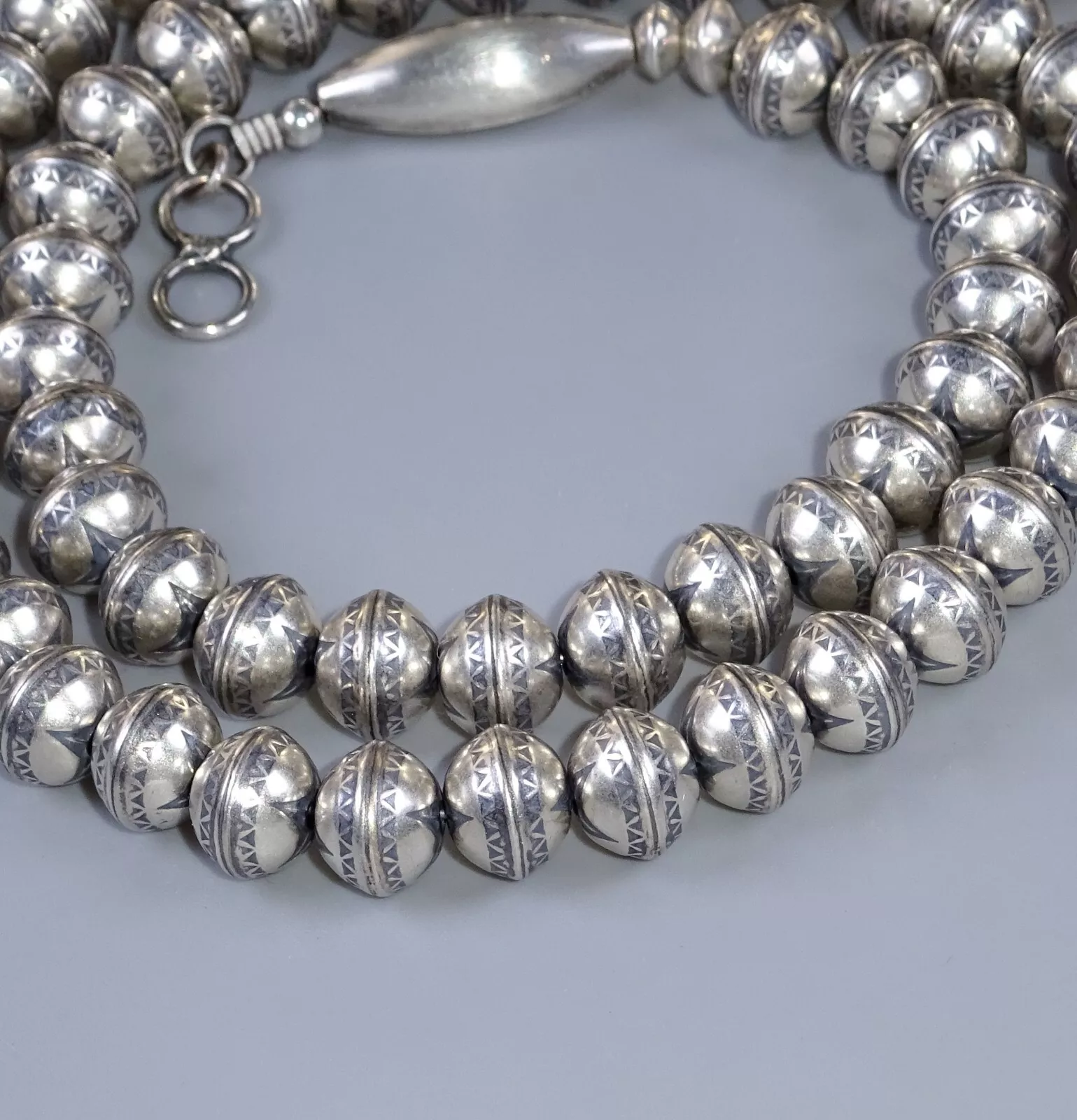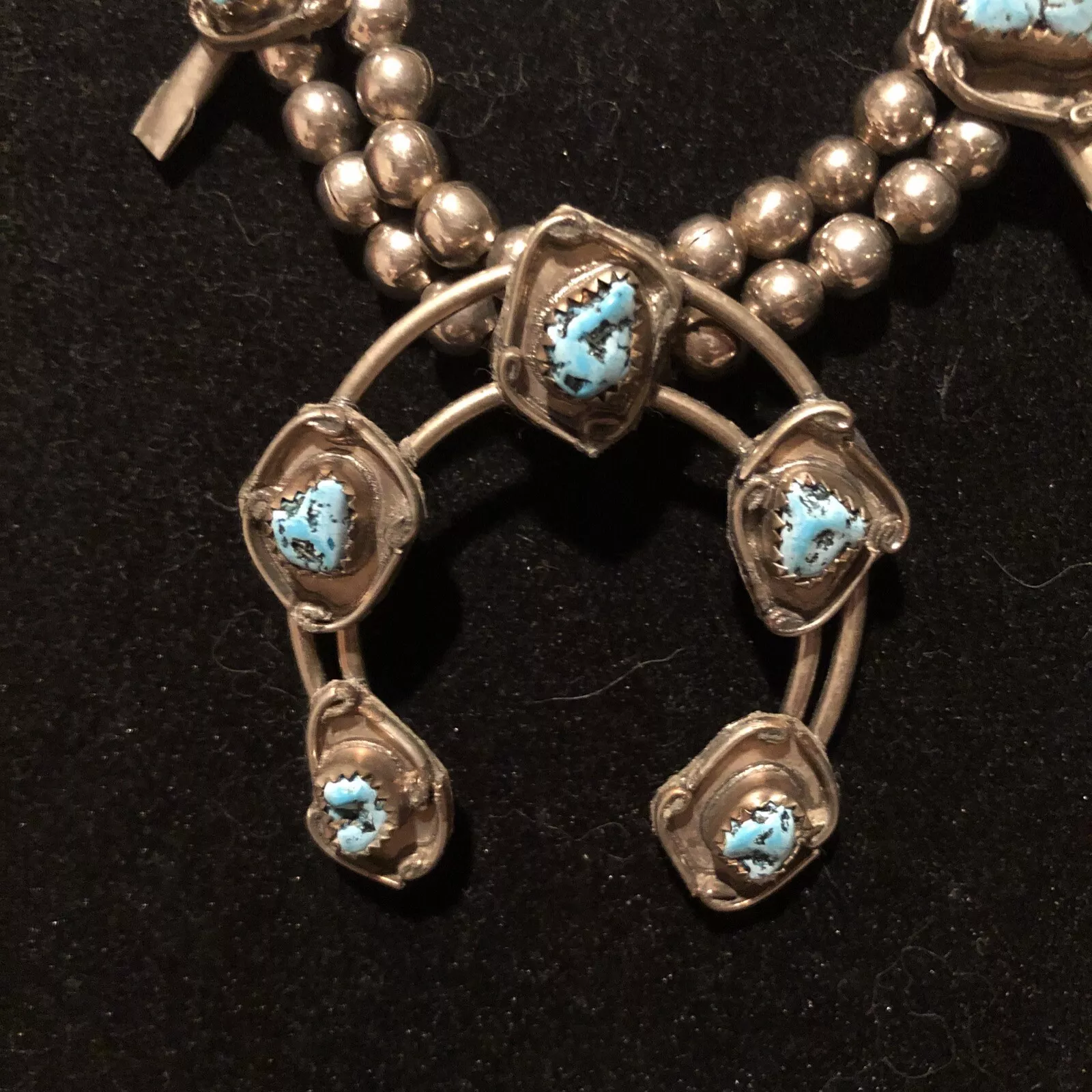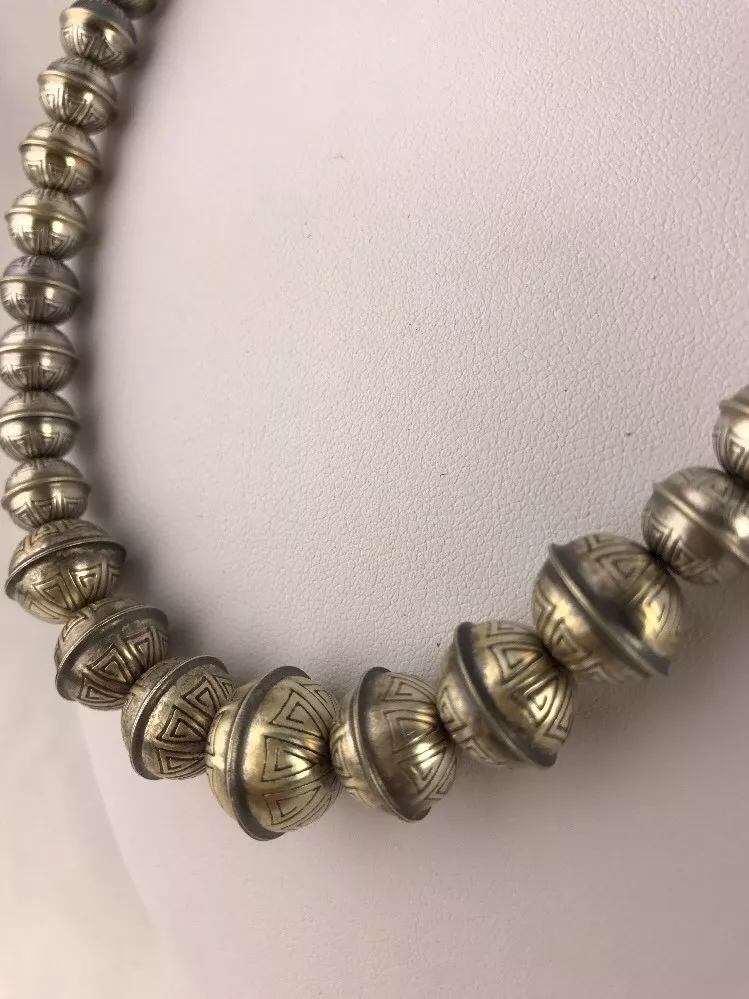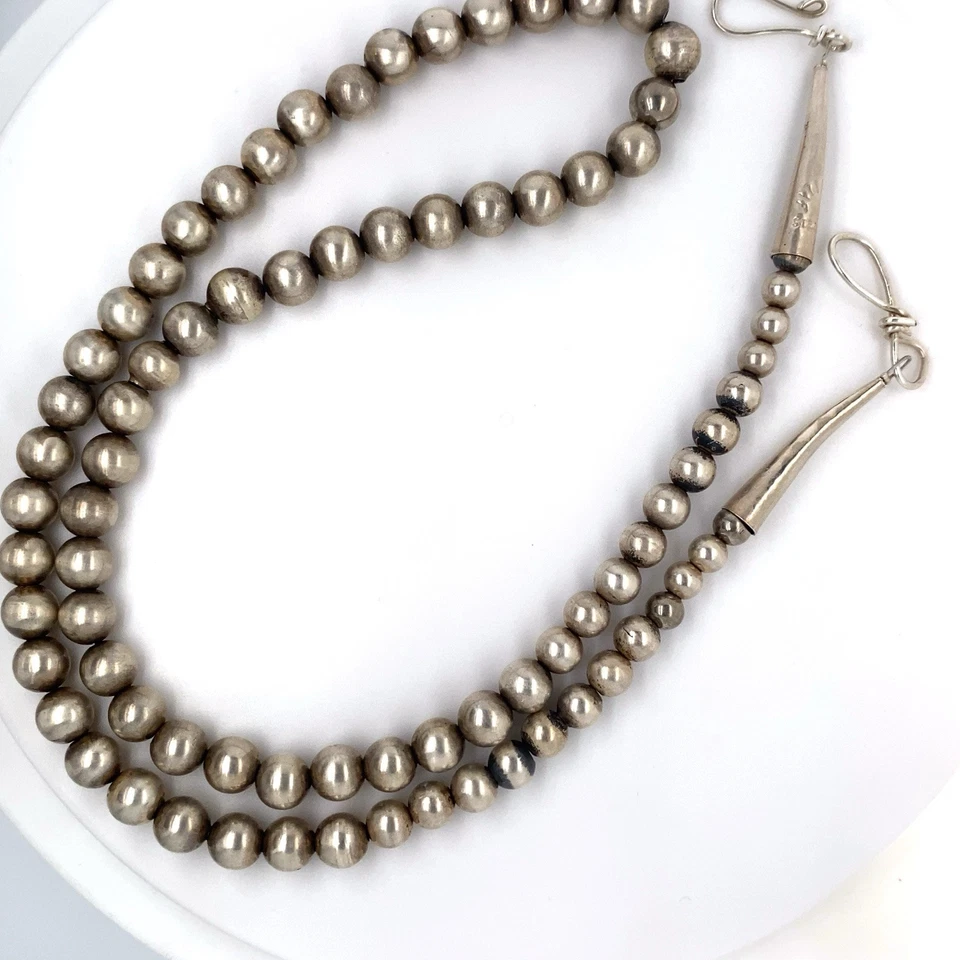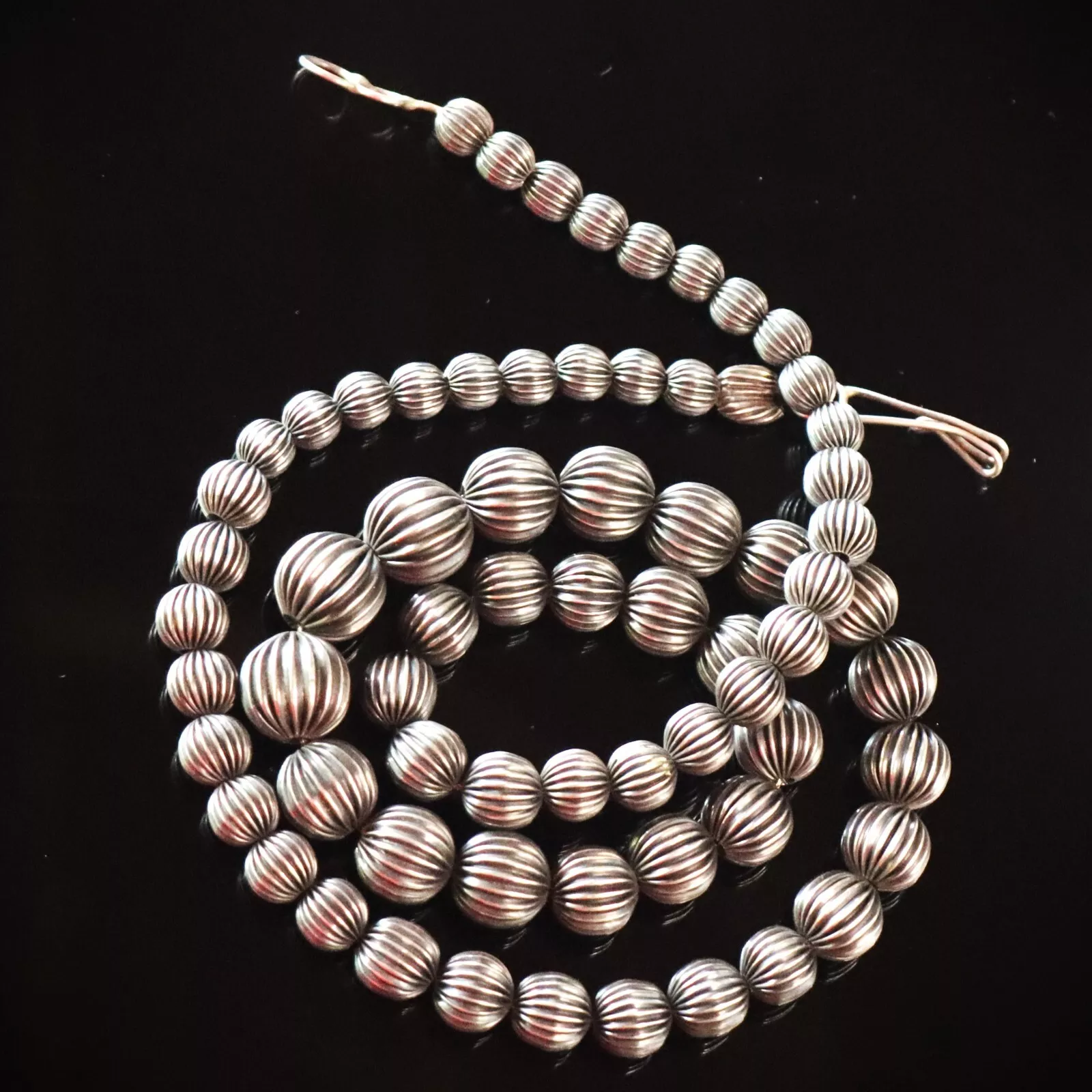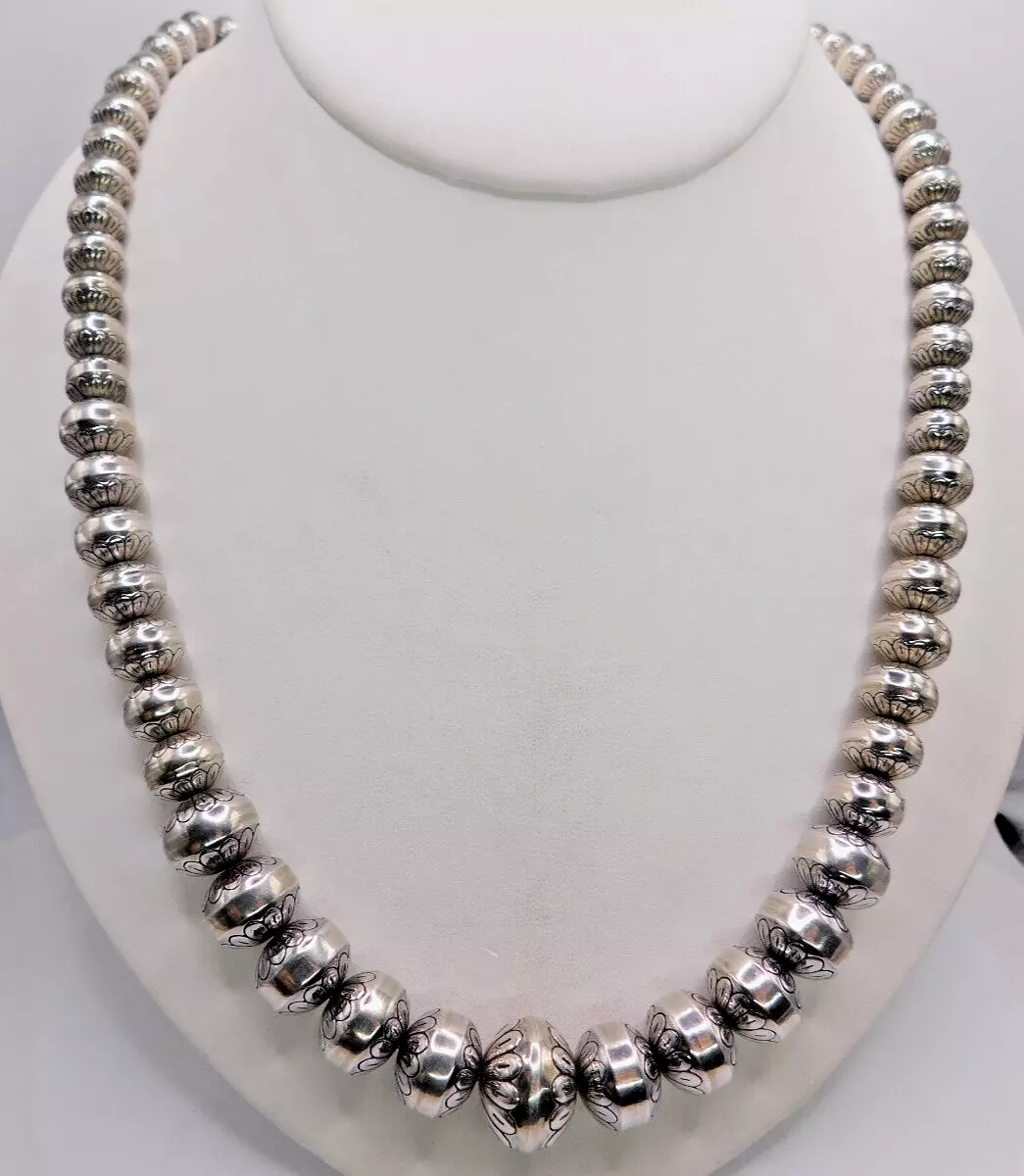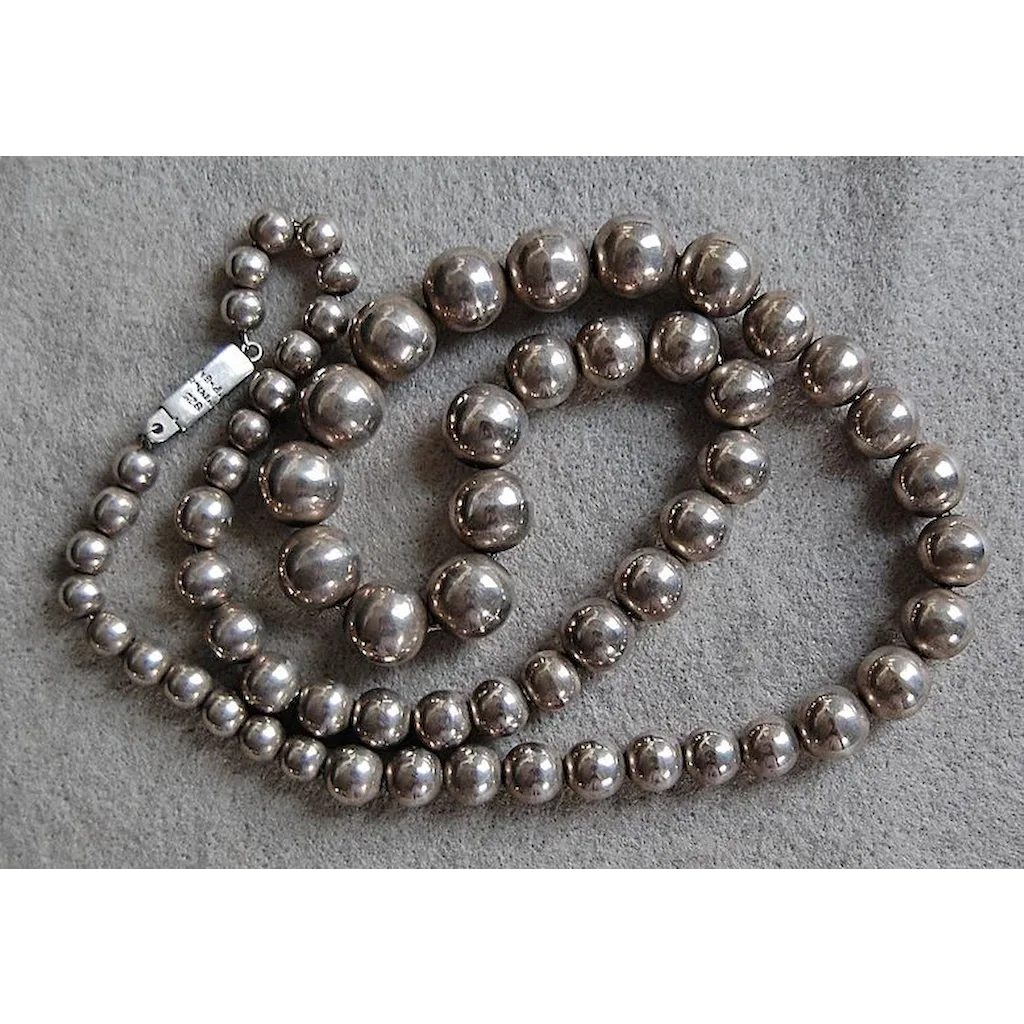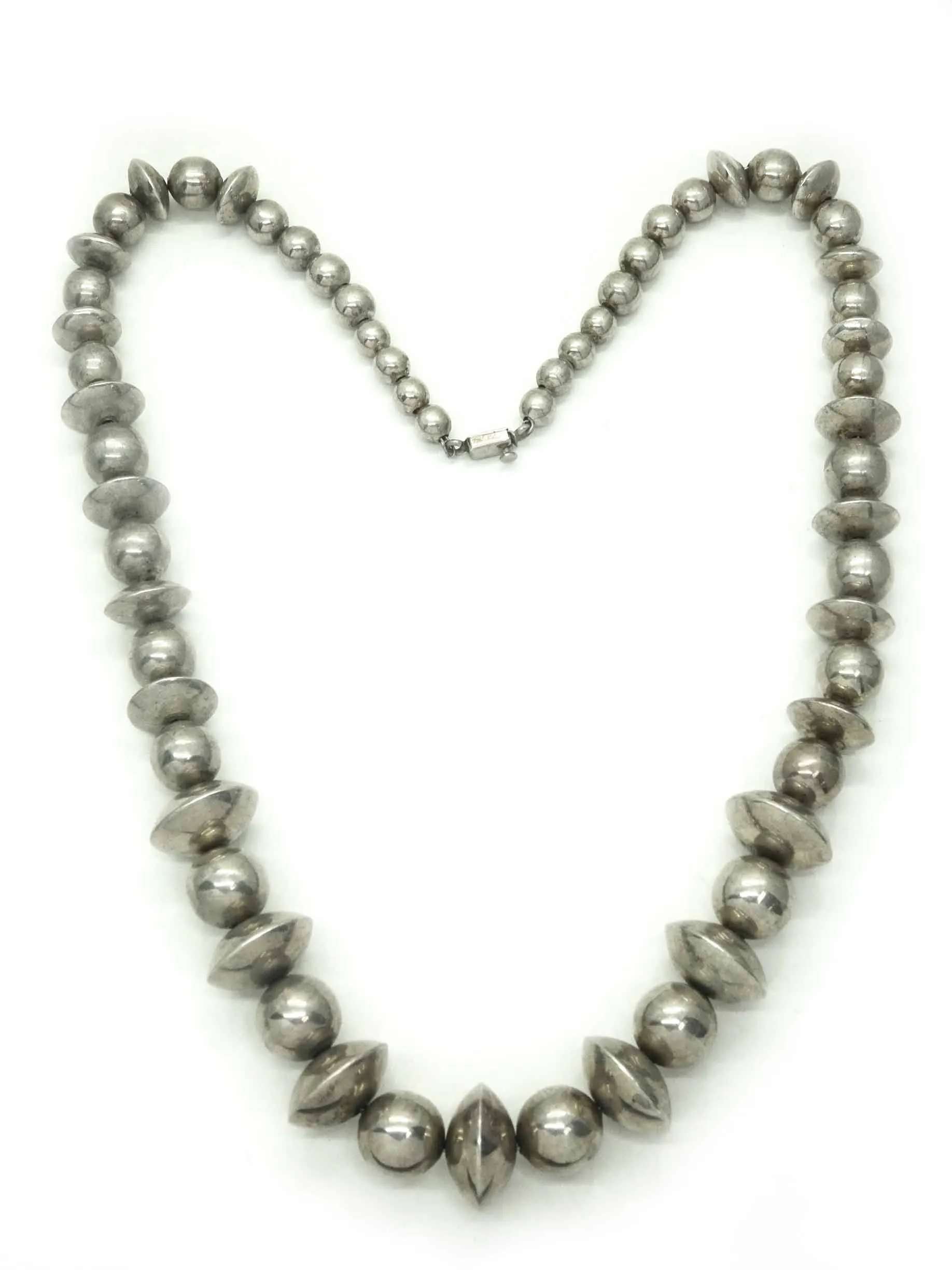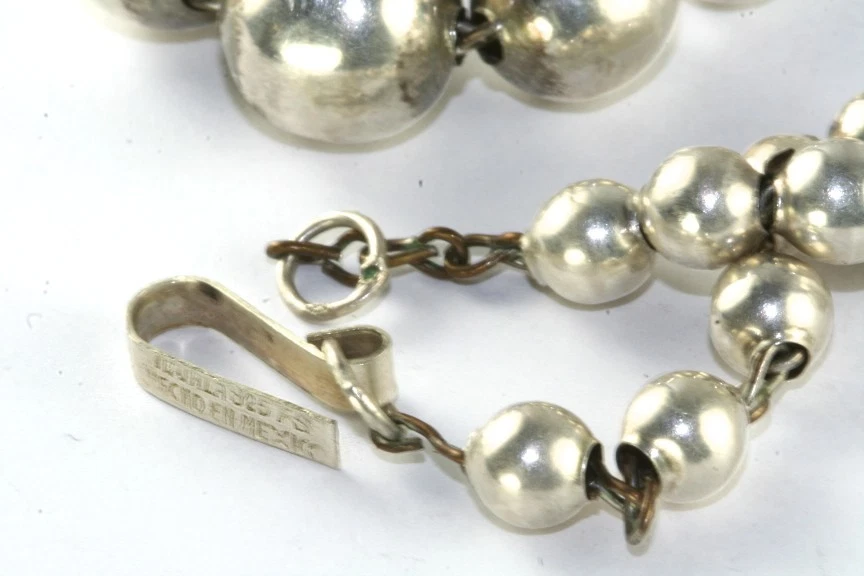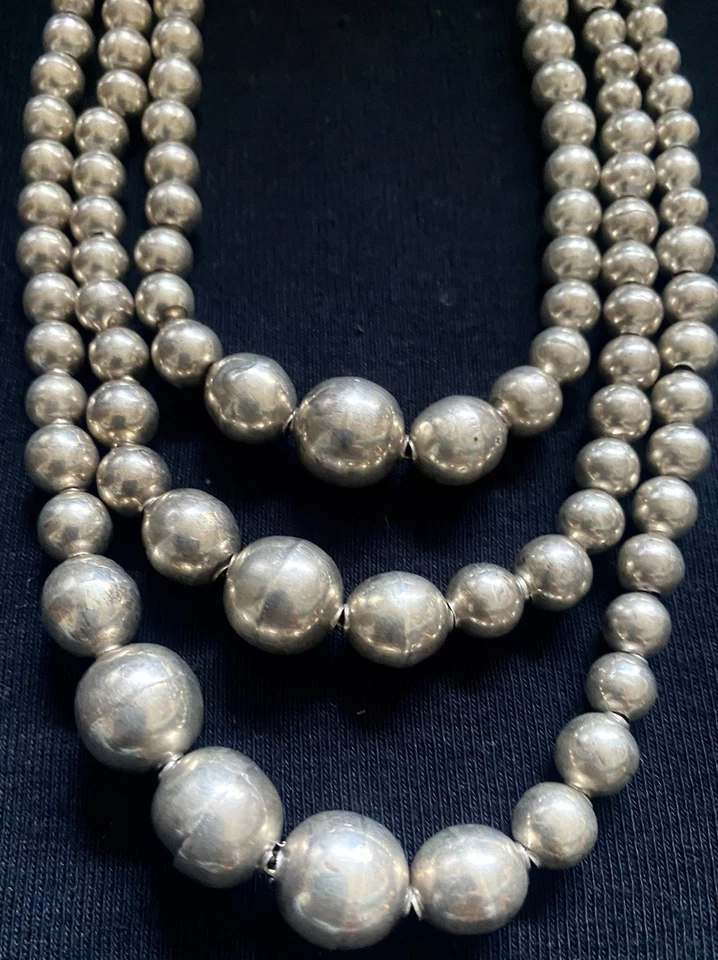Beads! Navajo & Everything In Between!
- jessicaanngoodman

- Apr 22
- 5 min read
Updated: Jul 24
One very common (and confusing) question asked when dealing with Native American jewelry is “Are these beads handmade or machine.” Especially in today’s world where machine made beads are very prominent - it can be important to know the difference. This will help with dating the piece but also add to the overall aesthetic/value of the item as handmade beads are always coveted.
There is nothing wrong with machine or “bench” beads though (more on that shortly) as long as they are sold correctly. This can be a very expensive arena and machine made beads are a wonderful affordable option compared to handmade beads. It’s just nice to have confidence when shopping and making decisions!
I learned the following way - that there are three categories of beads - and this is what has helped me. If you ask 10 different people, you will get 10 different answers! There is a very common train of thought that there is ONLY machine and handmade. Anything involving a machine is just that - machine. However, for the sake of what helped me, I will guide you through the following three categories with explanations and many photo examples.

Handmade Beads:
Handmade beads start as a flat piece of silver that is shaped/dapped into a cup, the cup is punched or drilled, then is soldered to another to form a bead. Handmade beads have a thin but visible filed seams. Hand punched beads often have a lip at the edge of the hole. They tend to be made from a heavier gauge silver. Their shape tends to have a narrow shoulder as they taper toward the hole. This narrow shoulder shape is especially prominent in the 1950s-1970s era beads. As time, technology, and styles evolved - more contemporary beads can have broad shoulders and or be different shapes such as barrels (long tubes) or rectangular.
Contemporary necklaces though are often signed which is a large help! If they are not, definitely check out the seams, those are big clues. We want to see that an actual person made them. There are some VERY refined artists who do make beads almost seamless (Artie Yellowhorse is an example) but again - these will be signed.
Another tip is to watch actual videos of artists making beads (check YouTube) and or connect with artists on social media to ask about their process or see if they can provide videos/photos for you to get a better understanding.
*** Per Navajo artists - it's very rare/challenging to make beads under 5mm!! Use discretion when buying and selling beads under 5mm as they are usually machine made. Ask questions!
(Left to Right - Handmade stamped beads close up, handmade stamped, vintage circa 60s handmade with melon beads, handmade on a circa 60s squash, circa 60s handmade graduated beads, handmade plain beads by Navajo artist Jasper Nelson)
Other Handmade Shape Beads:
Bench Beads:
Bench beads are made by hand soldering together two machine formed cups. They have a prominent ridge around the equator and are lighter weight than handmade beads. These beads can now be purchased in their completed form at jewelry supply stores. Bench beads are very common on squash blossoms and necklaces from the 70s and later. They tend to have a broad shoulder as they taper toward the hole, giving them a more blocky shape than handmade beads. Fluted/corrugated beads can also be bench made as well. These are a 'hybrid' of hand and machine.

Machine Made Beads:
Machine made beads are made entirely by machine. Contemporary machine made beads often have very defined stripes of oxidation to try to make them look old. They have no seam, are very lightweight and have relatively large holes compared to handmade and bench beads. Machine beads can also be stamped which can cause confusion but pay attention to the shape and perfection of the stamp work. Hollow beads with a vertical seam are machine made, usually of nickel rather than sterling. You normally see the vertical seam beads on the "dupe" necklaces. More on that next...
(All examples of older to more contemporary machine made shapes/styles)
(An example of machine made (left) and two Helen Chee handmade examples. Note the thick "seam" middles, they are broad and flat, not an actual seam. Helen's beads have the correct shape and soldered seam)
A Note on Dupes:
This is what I call jewelry that is mass produced in Mexico (it isn't often stamped to indicate this) and sold in America to fool buyers. This jewelry mimics Navajo style jewelry but with a close look you can really see the difference. Often seen in necklace form - the beads are machine made with vertical seams and are often nickel or plated. The leaves are very dull and do not have the same precision as Navajo style leaves. The stones are generally dyed howlite/magnesite, block or low grade Turquoise. Overall they tend to be nickel and not Sterling. There are even some that are stamped "Navajo" to add to the nefarious intentions. They are not collectible or have high value in any arena but do make for a great budget friendly piece (assuming they are being sold correctly). There are dozens upon dozens on Ebay being sold at high prices and as Navajo.
(Top Left to Right - Holding a dupe I purchased eons ago (on the left) next to an authentic Navajo Squash . There is another authentic Navajo squash in these photos - can you find it?)
Mexican Beads:
Mexican beads can be hand soldered (older necklaces) or entirely machine made. They tend to be lighter weight, have very large holes and have a square clasp, which is stamped with their origin. Unscrupulous sellers sometimes replace the clasp with a hook and eye to pass them off as NA. The type of clasp used and stringing material are factors to consider, but bear in mind that vintage necklaces are often restrung and clasps replaced.
Mexican beads are absolutely beautiful and have their own arena of collectability. They are often sold incorrectly as Navajo made so it's important to know the difference depending on what you are in the market for.
(Top Left show Mexican beads (top) in comparison with Navajo (bottom) to show difference in shapes spliced in half. Remaining beads are all Mexican made)
Parting Thoughts:
For the most part, handmade beads will have a vastly higher price point, although you can find deals out in the wild and online. When shopping in retail settings or on social media, pay attention to the pricing, and don't be afraid to ask questions! If the seller is claiming they are handmade - ask who made them, ask for close up photos, and confirmation of metal purity.
If you have questions or would like confirmation about beads - please email me: JessicaAnnGoodman@gmail.com











